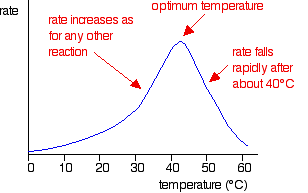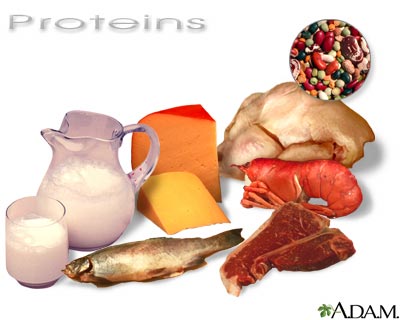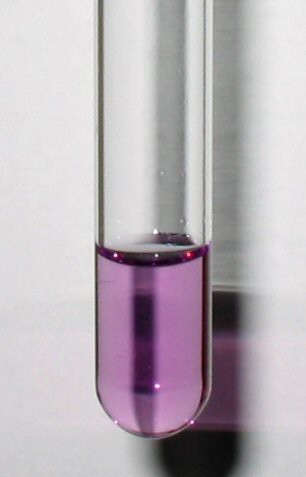Okay, enough of the introduction :) So today's topic is also about Digestion, but we're moving on to another topic, the Alimentary Canal. I know you must be thinking: "Hey we've learnt this before! Why are we learning this again?" Yes I know that question very well, but here, we're going in dept about all the organs, and stuffs.
So let me list out the enzymes the substrates, and the end product.
Carbohydrate
Starch ( Salivary Amylase) Maltose
Maltose (Maltase) Glucose
Protein
Protein (Pepsin) Polypeptides
Polypeptides (Erepsin/Trypsin) Amino Acids
Fats
Fats (Bile) Emulsified Fats
E. Fats (Lipase) 3 Fatty acids + 1 Glycerol
Okay, so now you've seen all the reactions, let's get down to all the organs in the alimentary canal, and their functions. Please get your paper and pens/pencils ready, for the next few paragraphs would be a rollercoaster ride. (0_0 That's exaggerating)
Mouth
- Contains teeth that chews food molecules into smaller food substances so that it would have a larger surface area for more enzymes to act on it
- In here, starch is digested by the salivary amylase to form maltose
- The saliva secreted by the salivary glands produces the enzyme, and it also softens, and mixes the food
- The tongue rolls the partially digested food into a bolus before it is being swallowed down.
Oesophagus
- It is also known as the gullet, but at this level, it should be called the oesophagus
- No digestion takes place here
- There are 2 muscle that aids in Peristalsis (The next point) - the longitudinal muslce, and the circular muscle
- Peristalsis - The rhythemic wave-like contraction of muscles that propels and mixes the contents of the alimentary canal forward
Stomach
- The stomach is an elastic, muscular bag with thick elastic walls.
- It secretes a mixture of gastric juice - hydrochloric juice, pepsin, and rennin
- The stomach contracts and relaxes so that the foods are well mixed with the gastric juices
- In here, protein is being digested in polypeptides by the enzyme pepsin
- The end product is a semi-liquid product called chyme, that is being released into the duodenum, the first part fo the small intestine.
- The interesting thing about a stomach is that it is the only organ which has a pH value of 2 (refer to the previous post about pH values)
Liver, Gall Bladder, Pancreas








